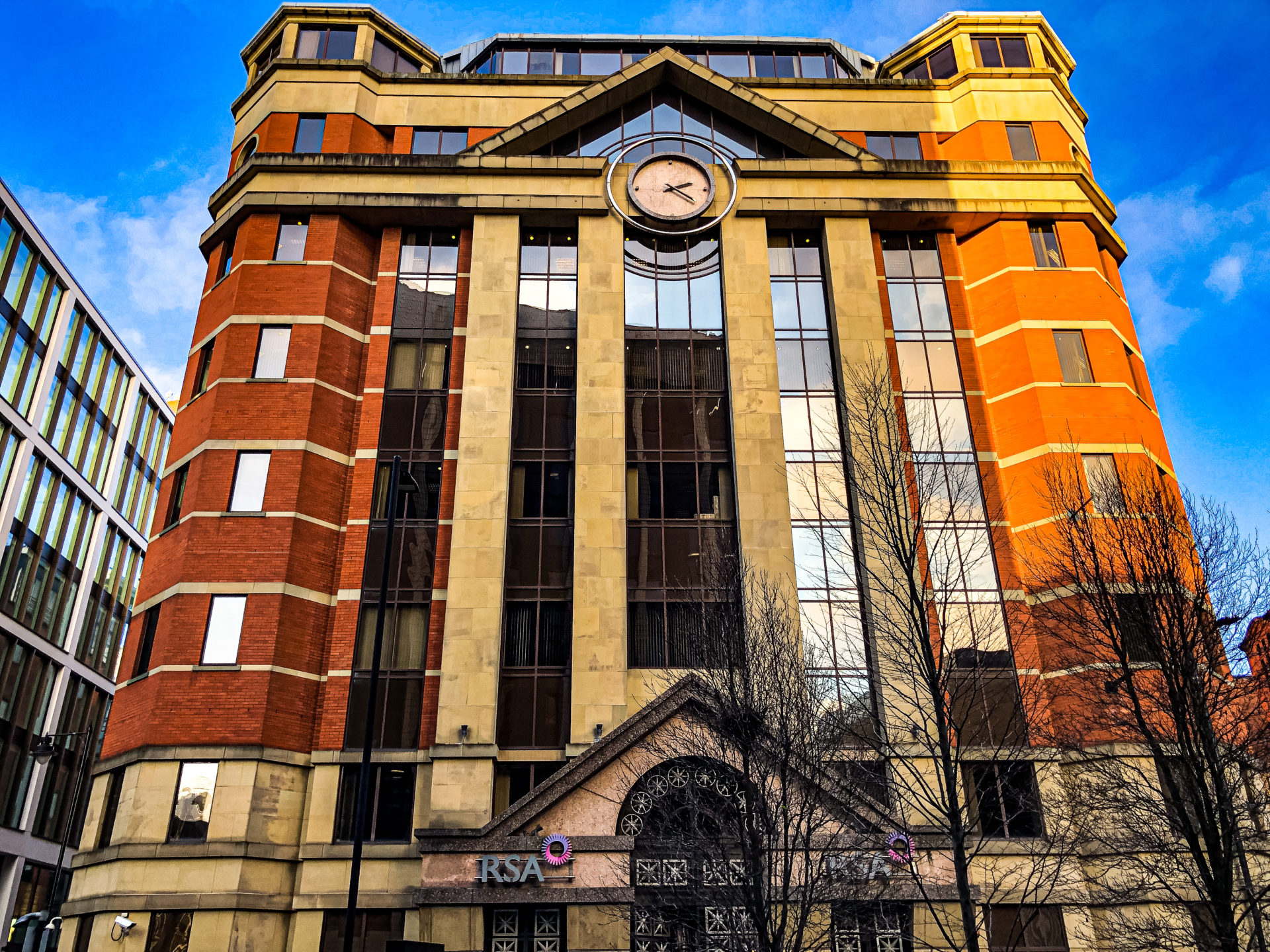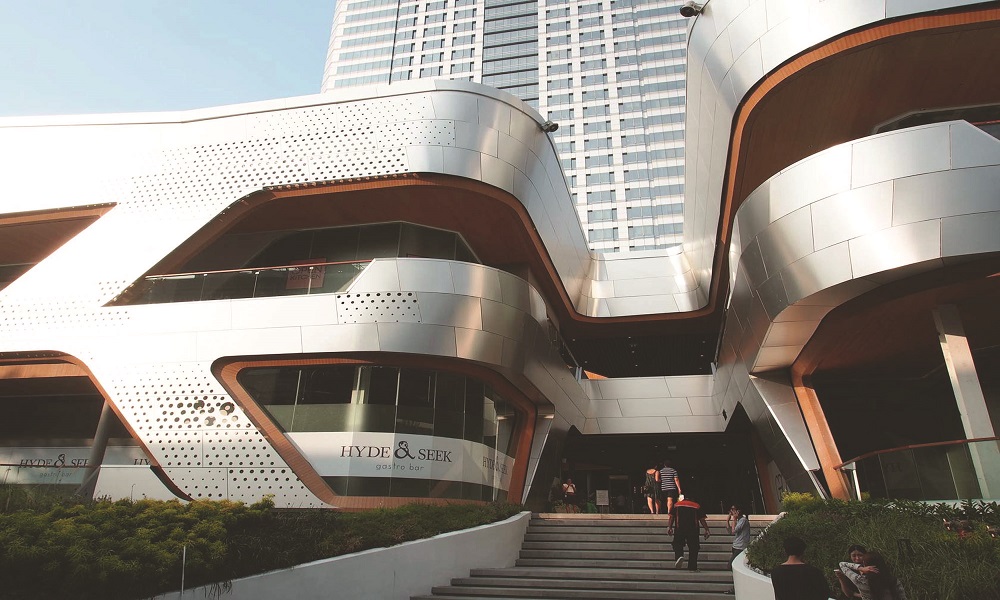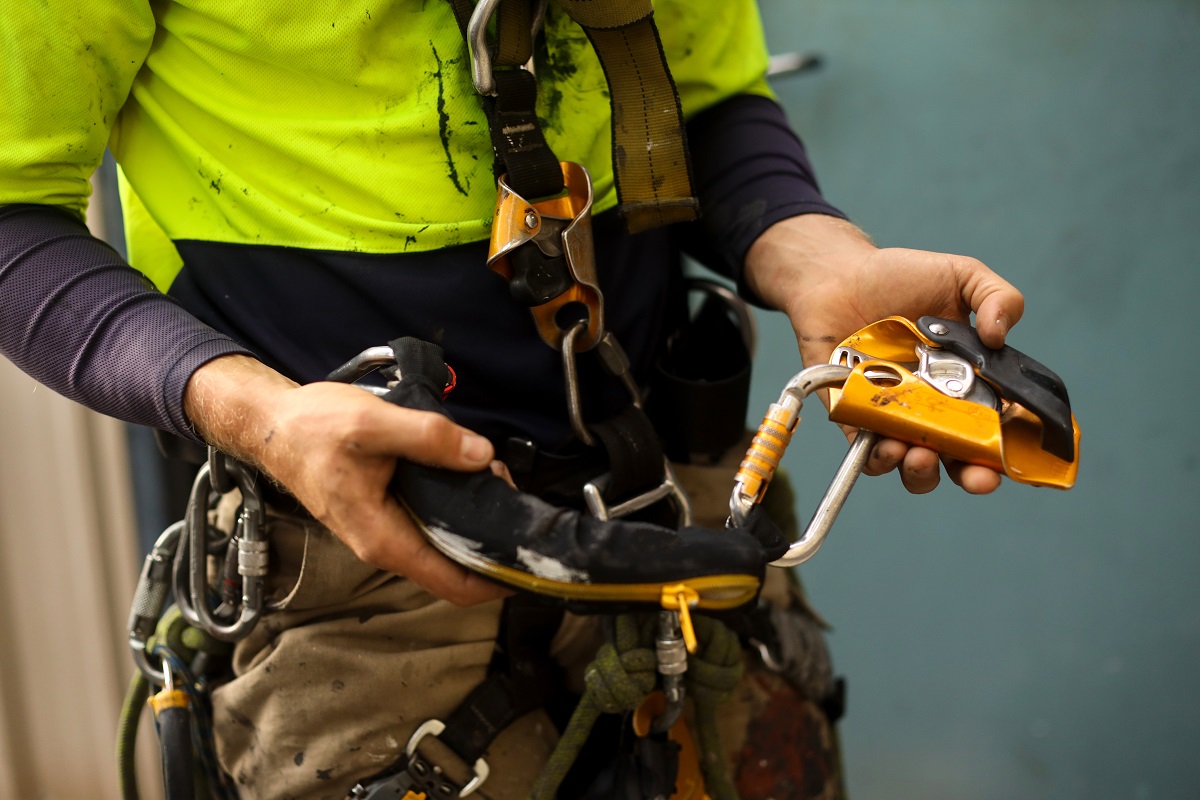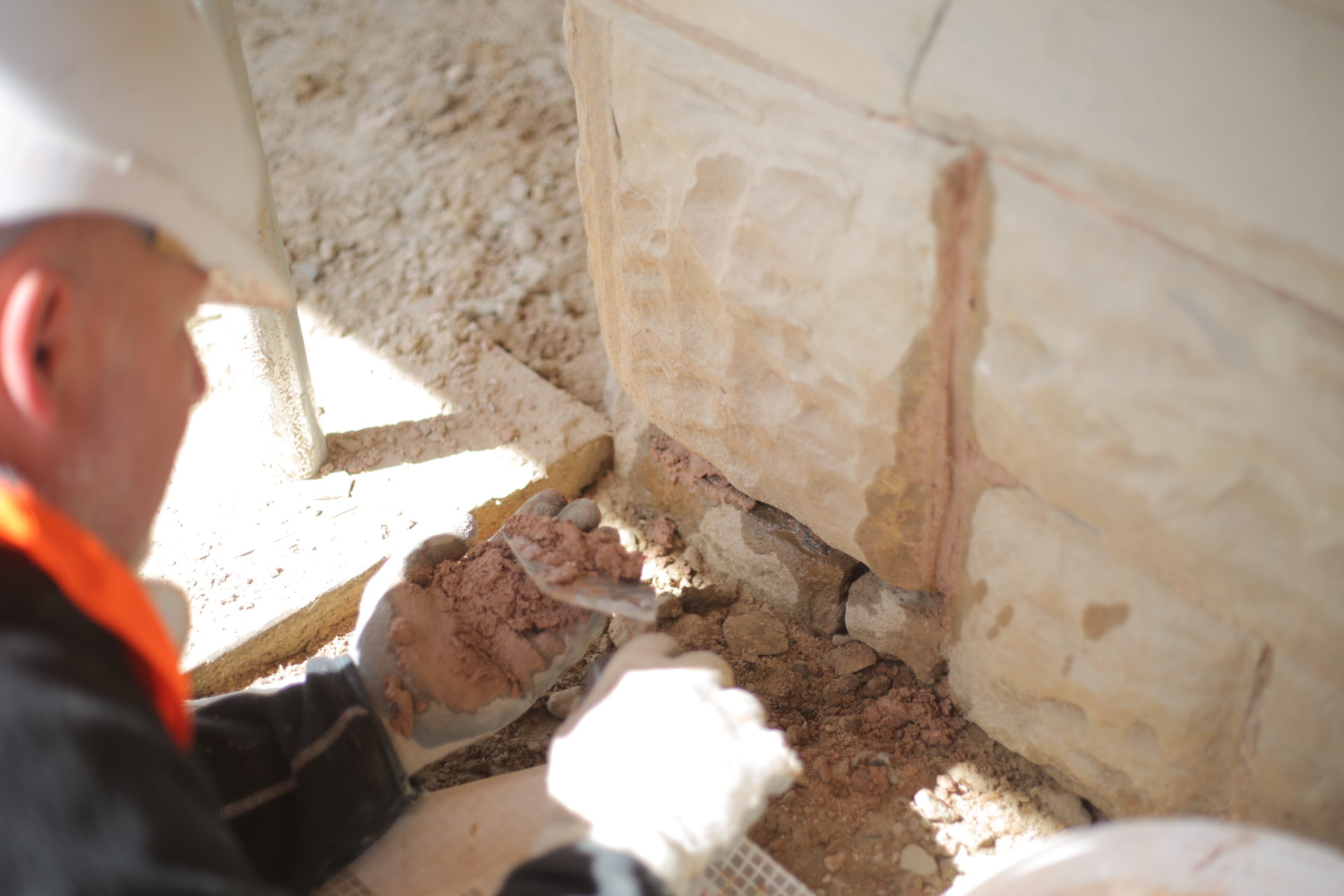Historic buildings are truly fascinating, with an aura surrounding them. They provide a window into the past. They leave us feeling awestruck and transport us back to simpler times.
Despite their obvious importance, historic, heritage and listed buildings are not preserved or maintained to the high standards they richly deserve. With the gradual passage of time, these buildings begin to look tired, deteriorate and become a shadow of their true potential.
Preserving old buildings is no small undertaking and is often full of unexpected challenges. It requires a delicate balance between preserving its history and maintaining the required updates to secure its future. So, with that in mind, what do you need to consider when restoring a heritage building?
Why do historic façades fail?
► Weathering, deposition of organic/inorganic materials
► Degrading agents, such as atmospheric pollution
► Physical and chemical stress
► Mechanical damage from debris and freeze-thaw action
► A lack of regular, proactive maintenance
The components above individually or altogether can take a heavy toll on the overall stability and performance of the external envelope of these magnificent heritage and listed buildings, leading to deterioration, failure and poor performance.
What is restoration?
Historic England describes heritage building renovation as when a building is returned to a known earlier date. It is the process of accurately recreating the character, features, and structure as it would have been at a particular time. Restoration reverses any decay or modern alterations made to the building over time. It can provide an opportunity to reinstate any missing historical elements of the building, providing there’s satisfactory evidence that a replacement is required.
Do you require consent?
Before you begin any restoration work, you need to determine whether the building or at least part of it is on the National Heritage List. If the building is listed, it is subject to the statutory planning system. You will need listed building consent before you can make any alternations to it, even if you intend to restore the building to its former glory.
Which restoration methods and materials will you use?
Modern building renovation methods are fast and efficient. But when you are preserving a building’s integrity, history and character, you need to consider using more traditional methods, materials and cleaning processes. While your priority is to retain as much of the original building as possible, sometimes you may have to repair and replace a damaged part of the building’s façade or roof.
If the building is listed, then you are subject to these very precise guidelines. But even if it isn’t listed, you should still focus on ensuring any replacement or alteration made to the building’s façade or roof matches its original design, texture, colour and materials as closely as possible. If substituting materials is simply unavoidable, you must ensure they convey the same overall appearance and document any such changes.
Our team has extensive experience working with historic and heritage buildings across the UK. Our approach to façade restoration, cleaning and roof repairs combines traditional and modern techniques that deliver fantastic results that respect the complexities of a heritage building.
To find out how we can help you with your heritage building restoration project, get in touch.












